The following information is copied from a letter to Rev. Robert Fehlman, former pastor of La Jolla UMC. The letter is signed by Wally Robertson and is dated September 6, 1989.
The Chapel was a waiting room for customers waiting for the trains. There were two sets of stairs inside the chapel going up to an open platform. The platform had open arches along the west wall. The San Carlos station was built by Frank Turnbill, the developer of the La Jolla Hermosa development, which went bankrupt with the 1929 crash. Spencer Williams, who was manager of the Cove Theater, was one of the last riders on the electric train, riding it “back to the barn” in 1940’s.
From “Inside La Jolla 1887-1987: The San Carlos Station was an elegant Spanish Renaissance Streetcar Depot int La Jolla Hermosa, an indication of what the developers conceived as an Eastern Seaboard type commuter’s station for brokers and bankers expected to live there.
Route 16 from San Diego to La Jolla was the longest other train route at the time. The monthly pass was $1 (later $1.75) per week. From the San Carols Station the train went through Pacific Beach down the middle of Mission Blvd in Old Mission Beach and across the Mission Bridge (no longer there, but across the jetty) to the tidal flats and through the Marine Recruit Depot to Broadway. From there it turned at Horton Plaza/U.S, Grant Hotel and then circled back. It took 45 minutes to travel from La Jolla to San Diego.
From “The Story of a Community, 1887-1987, Patricia Schaelchlin, Friends of the La Jolla Library: It was the policy of the Electric Station to name the stations along the line for the various California Missions and to carry out the Mission designs. In 1929 a well-known firm planned to add an up to date restaurant, known as the La Jolla Hermosa Tavern. No information could be found confirming the restaurant ever opened. However, the La Plaza restaurant was established in the late 1940’s.
